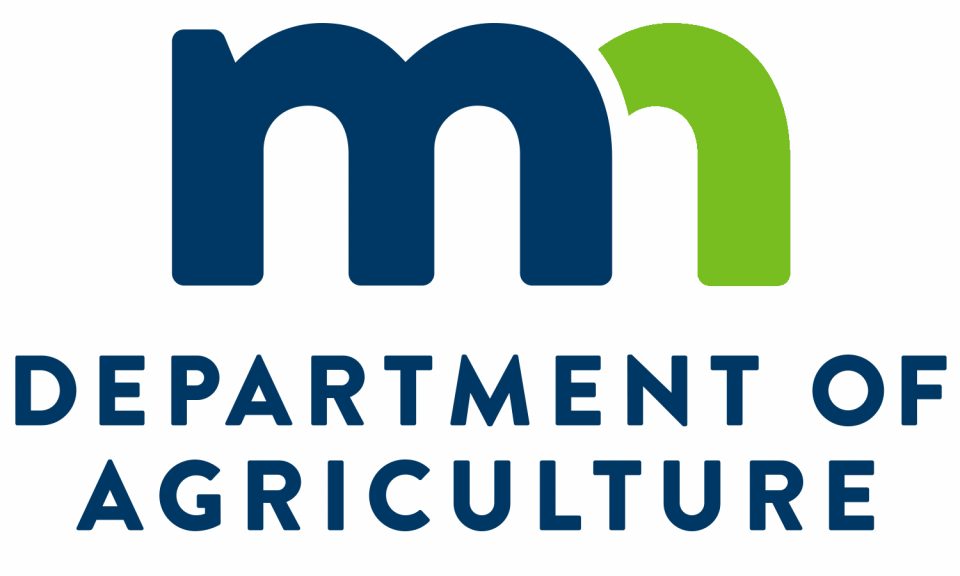Date: June 25, 2021
Time: 12 pm – 1 pm, CDT
Register: https://zoom.us/webinar/register/7416230799842/WN_ELtw-tu1S0S70G2c6Ve_aA
For thousands of years wheat has been a staple in human diets due to its unmatched unique viscoelastic properties. In recent history, wheat has increasingly been avoided by some consumers due to digestive difficulties, resulting in a decline in wheat’s per-capita consumption.
A little over a century ago, wheat flour [product] consumption per capita was 225 pounds but had fallen to 110 pounds a century later – a 52% decline (USDA ERS data). There is a growing understanding that wheat digestibility issues may not be caused solely by gluten sensitivity but are also related to the presence of Fermentable Oligo-Di-Monosaccharides and Polyols (FODMAPs) and Amylase Trypsin Inhibitors (ATIs) in wheat. Research indicates that “anti-nutrients,” such as ATIs, and fructans (a component of FODMAPs) in wheat are triggers of irritable bowel syndrome (IBS). For individuals with wheat sensitivity, less reactive wheat products can increase quality of life while allowing them to enjoy the health benefits of wheat products. In turn, expanding market opportunities to increase profitability for wheat growers.
University of Minnesota Researchers Dr. George Annor and Dr. Jim Anderson – in collaboration with the Minnesota Wheat Research and Promotion Council, AURI, UMN Regional Sustainable Development Partnership, and Back When Foods, Inc. – spearheaded research funded through the Minnesota Department of Agriculture’s Agricultural Growth, Research, and Innovation (AGRI) Grant to identify naturally occurring anti-nutrient elements in specific wheat varieties as an option to reduce wheat digestibility issues and also investigate the digestibility impact of further processing of the wheat into sourdough wheat food products.
Join AURI Connects: Fields of Innovation on Friday, June 25th, to learn about the results of this research, hear from industry experts and growers on the meaningful impact of this research for the industry overall—from the farmer and the bread processor to the consumer, and continued research on the horizon. For more information, and to follow this research, visit: www.auri.org/agri.





